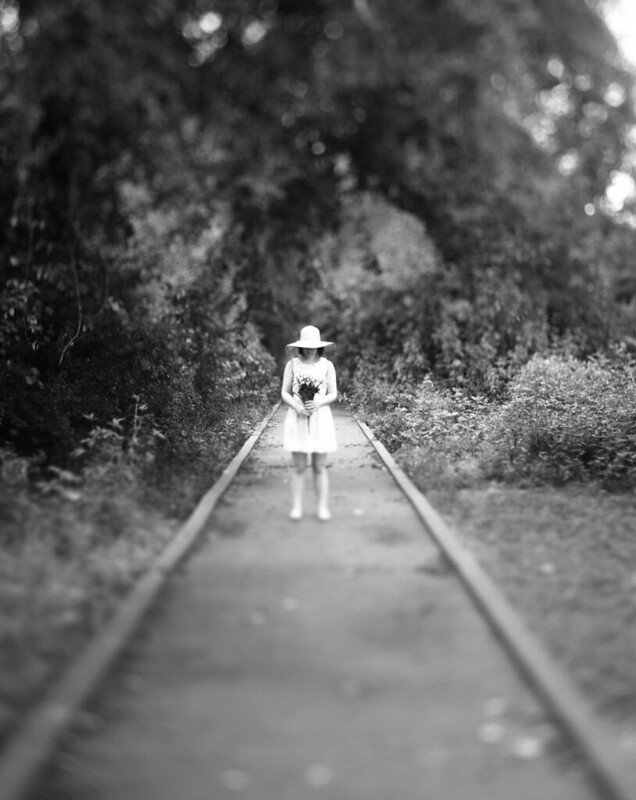WhaleDaughter
No longer a newbie, moving up!
- Joined
- Mar 4, 2017
- Messages
- 144
- Reaction score
- 56
- Can others edit my Photos
- Photos OK to edit
- Thread Starter 🔹
- #16
I would get the high-res scans and only print what you want to print. To get it rescanned, you'd have to do it locally or send the negative back to the lab for them to rescan and then print. Not a huge deal, but kind of a PITA. If, however, you already have the high-res scans, then you can just use the digital file to print at whatever printing service you like.
Luckily for me, right now, it is local (theyr'e about a 20 minute walk from my house). I may take some of my negatives I have now and try my parent's scanner.
"We are what we repeatedly do. Excellence, then, is not an act but a habit." ~Aristotle













